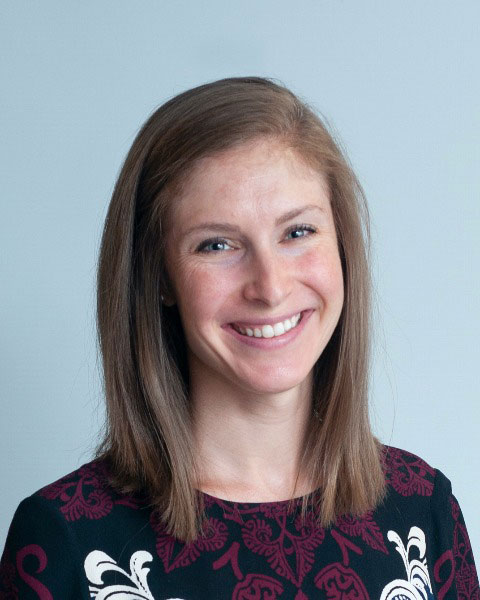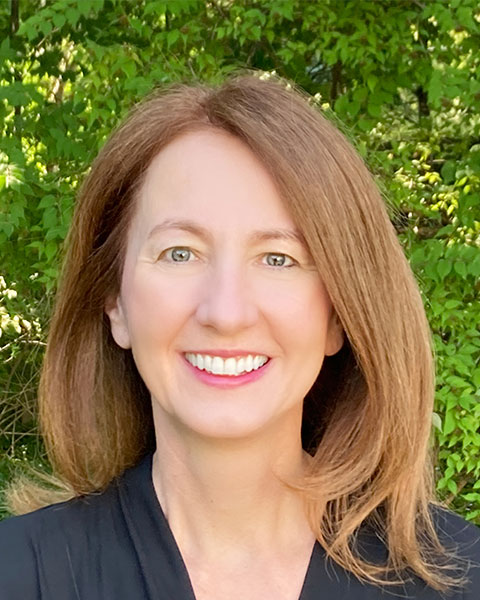Obsessive Compulsive and Related Disorders
Communication profiles in text messages between coaches and participants in app-based CBT for BDD
(PS7-C50) Communication Profiles in Text Messages Between Coaches and Participants in App-based CBT for BDD

Rachel E. Quist, B.A.
Clinical Research Coordinator
Massachusetts General Hospital
Somerville, Massachusetts
Emily E. Bernstein, Ph.D.
Clinical Psychologist
Massachusetts General Hospital, Harvard Medical School
Somerville, Massachusetts- JG
Jennifer L. Greenberg, Psy.D.
Assistant Professor
Massachusetts General Hospital/Harvard Medical School
Boston, Massachusetts 
Hilary Weingarden, Ph.D.
Psychologist; Assistant Professor
Massachusetts General Hospital/Harvard Medical School
Boston, Massachusetts- JW
Jasmine Williams, B.A.
Clinical Research Coordinator
Massachusetts General Hospital
Boston, Massachusetts - IS
Ivar Snorrason, Ph.D.
Assistant professor
Massachusetts General Hospital
Boston, Massachusetts 
Joshua E. Curtiss, Ph.D.
Fellow
Massachusetts General Hospital
Brookline, Massachusetts
Sabine Wilhelm, Ph.D.
Professor, Director of CORD and CDMH
Harvard Medical School
Boston, Massachusetts
Author(s)
Co-Author(s)
Body dysmorphic disorder (BDD) is a severe and notably undertreated condition. Digital mental health is heralded as a key to expanding access to evidence-based treatments, such as cognitive behavioral therapy (CBT) for BDD. Human support (e.g., coach guidance) is posited to be essential for effective use of mental health apps. Yet, little is known about how patients with BDD use coaching when it is made available. Understanding patterns of how patients use human support could help us better match patient needs, improve outcomes, and more efficiently use costly human resources.
Participants were 77 adults with moderate to severe BDD who received 12 weeks of guided smartphone CBT for BDD. The primary outcome was change in BDD symptom severity, measured using the BDD-YBOCS. Bachelors’-level coaches were available via asynchronous in-app secure messaging. We analyzed 400 messages sent by users to their coaches across treatment, which were both user-initiated and in response to coach messaging. The content or purpose of messages was coded using the efficiency model of support, which divides human support in digital mental health apps into five categories: usability (help with using the app), engagement (staying connected to the treatment), fit (adapting treatment strategies to meet an individual’s specific needs), knowledge (enhancing understanding of psychiatric symptoms and treatment), and implementation (increasing translation of skills learned in the app).
Users on average sent 5.88 messages over 12 weeks (SD = 4.51, median = 4, range 1-20) and received 9.84 messages (SD = 5.74, median = 9, range 2-30). Latent profile analysis revealed four content profiles, characterized by (1) primarily engagement (51.95% of participants), (2) primarily fit (15.58% of participants), (3) primarily knowledge (15.58% of participants), and (4) primarily miscellaneous or no messages sent (16.88% of participants). There were no significant differences in BDD-YBOCS outcome by profile (ps >.05). There was a significant relationship between content profile membership and dropout (c2 = 10.51, p = .01), with higher rates of dropout among participants in the miscellaneous/low contact group (p = .02) and reduced rates in the engagement group (p = .035).
In this trial, participants, on average, messaged coaches only occasionally. Over half of participants primarily messaged coaches as a way to engage with the treatment (i.e., for support and/or accountability). Participants with the greatest use of engagement messaging also had lower dropout rates. These findings are supported by the broader literature on coaching in digital mental health, which suggests that human support is primarily useful for encouraging engagement and adherence to digital interventions. Future research is needed to fully understand optimal frequency, type, and level of human support needed.

